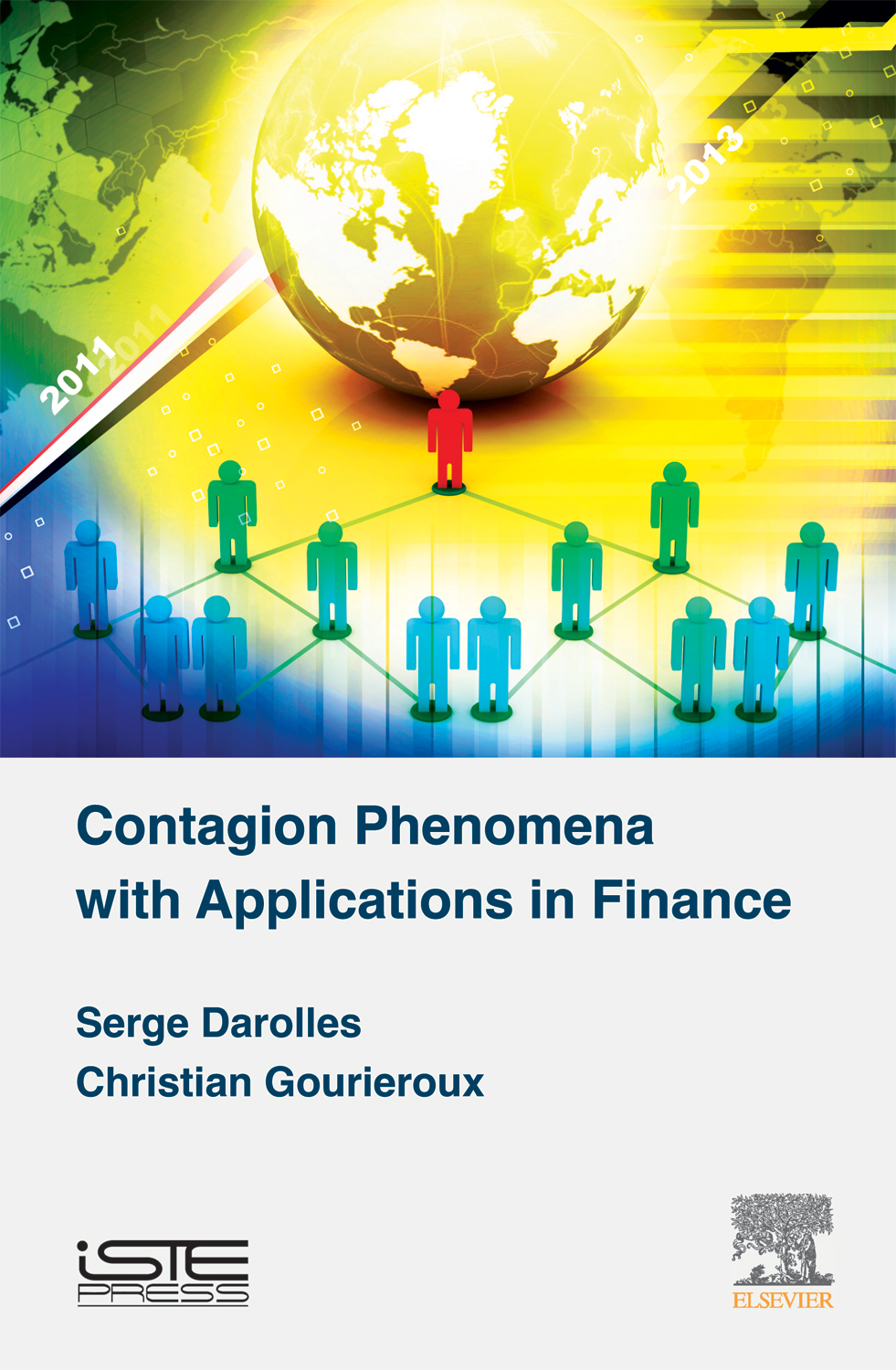
Much of the previous literature on financial contagion and systematic risks has been motivated by the finding that cross-market correlations (resp. co-exceedances) between asset returns increase significantly during crisis periods. Is this increase due to an exogenous shock common to all markets (interdependence) or due to certain types of transmission of shocks between markets (contagion)? […]
Much of the previous literature on financial contagion and systematic risks has been motivated by the finding that cross-market correlations (resp. co-exceedances) between asset returns increase significantly during crisis periods. Is this increase due to an exogenous shock common to all markets (interdependence) or due to certain types of transmission of shocks between markets (contagion)?
Chapter 1 discusses contagion and causality in a static framework and shows that such attempts are (almost) hopeless due to identification problems. However, the chapter does not send only a negative message, since it helps in providing a more precise definition of the notion of shock.
Chapter 2 describes the standard practices for defining shocks in Structural Vector Autoregressive (SVAR) models and deriving the impulse response functions that provide the dynamic consequences of shocks on the future behavior of the series of interest. Chapter 3 shows that the identification issue discussed in Chapter 1 can be solved in a dynamic framework, even within a linear specification.
In Chapter 4 the authors explain how the static and dynamic models of Chapter 3 can be used for portfolio management, risk monitoring, and the analysis of financial stability. In Chapter 5, the authors extend to nonlinear dynamic models the notions of the common factor (dynamic frailty) and contagion. This extension is applied to the analysis of stochastic volatility models.
Finally, Chapter 6 illustrates the measurement challenge of systematic risk and contagion in finance by an application to hedge fund survival, with interpretations in terms of funding and market liquidity risks.
